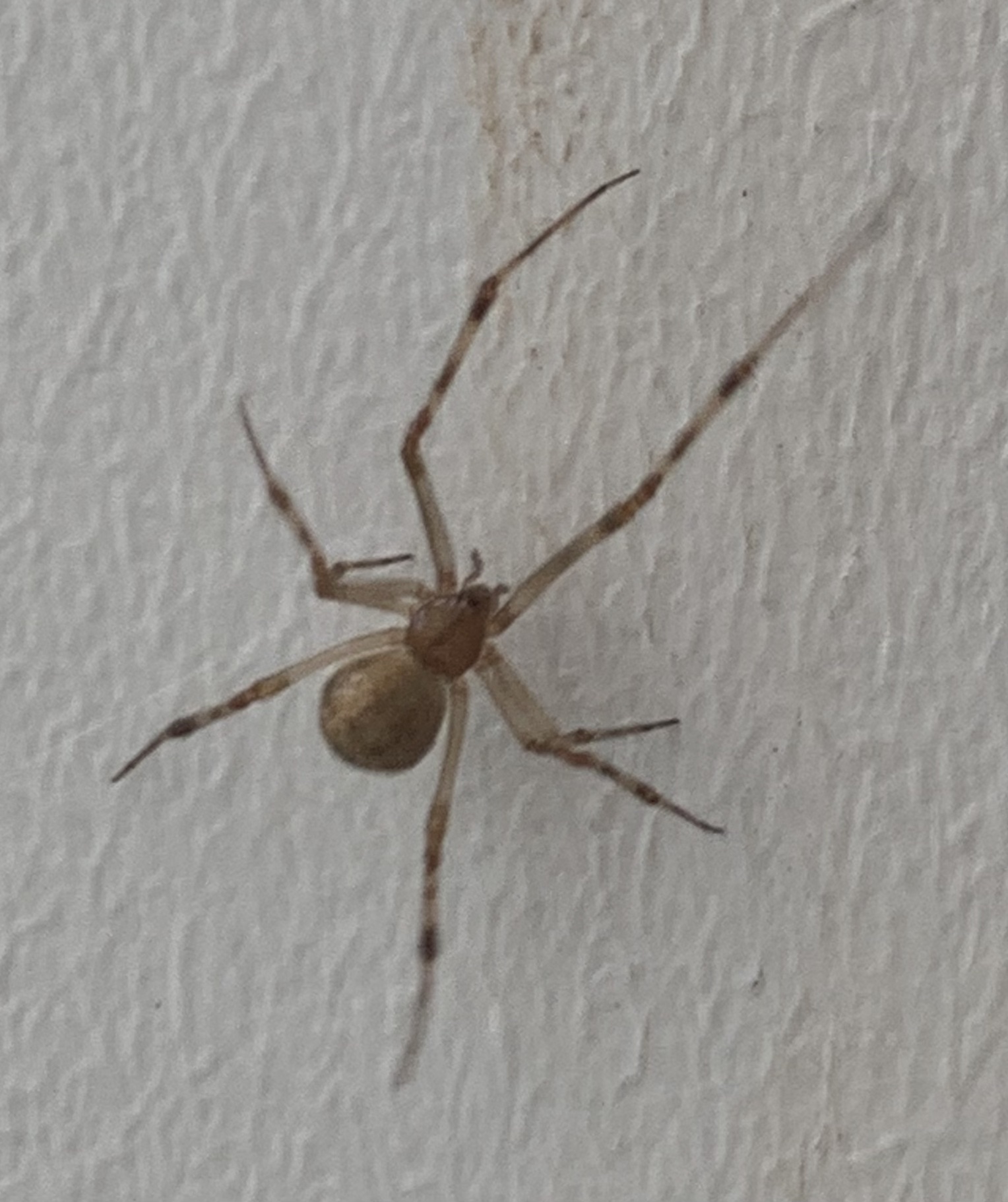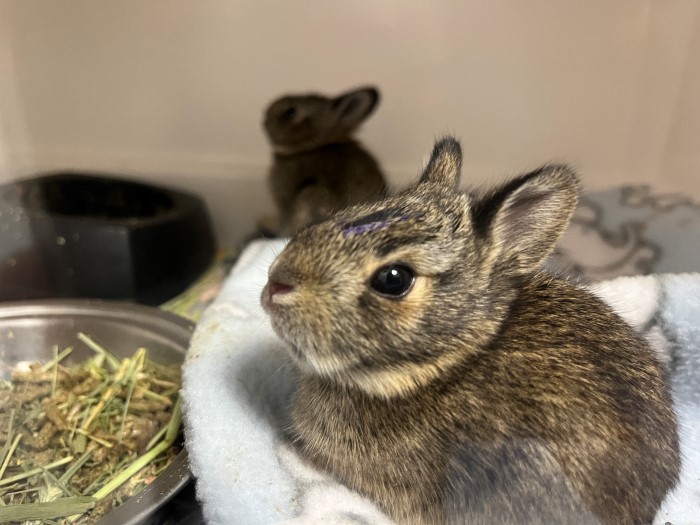One of the critters we see frequently in the Wildlife Medical Clinic is not a true patient of ours. After finishing up feeding an orphaned eastern cottontail or Virginia opossum, many of our volunteers may turn the corner to put the patient back in their enclosure, only to come face to face with an eight-legged critter that calls the Wildlife Medical Clinic their home. These critters are spiders, and they help us out by eating hitchhiking flies and other insects that come in with our usual patients. This attribute of theirs helps them to establish themselves as one of the best biological pest control components in the world. It is estimated that spiders feed on 400 to 800 million tons of insects and other pests annually. They prey on insects that are vectors for diseases like malaria, Chagas disease, Lyme disease, tularemia, West Nile virus, and hundreds of other diseases.
Spiders are one of the most diverse species of arachnids. There are over 500 species of spiders just in Illinois, and they live in a variety of habitats. Some construct webs to live and catch prey like the spiny orb weaver (Gasteracantha canciformis), and others will make burrows in the ground for prey to fall into like the wolf spider (family Lycosidae). Spiders are found everywhere – indoors and outside. They live under rocks and in trees naturally but will contentedly reside in cellars, attics, basements, and the other cool, dark areas of your home. In the WMC, our spiders tend to build webs in the corners of our storage areas and in our outdoor enclosures.
Here are some examples of the spiders we have seen around the Wildlife Medical Clinic and our Ambassador residence building. We appreciate all the work they do to reduce the number of pests in the clinic!
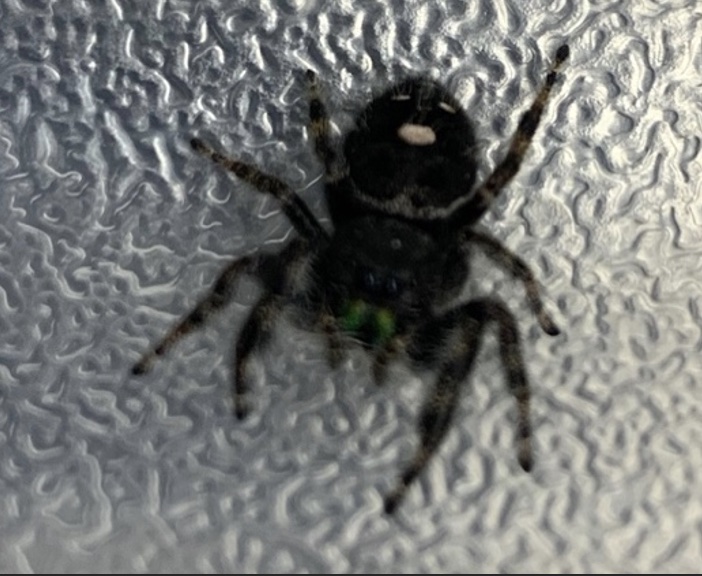
Bold jumping spider (Phidippus audax) 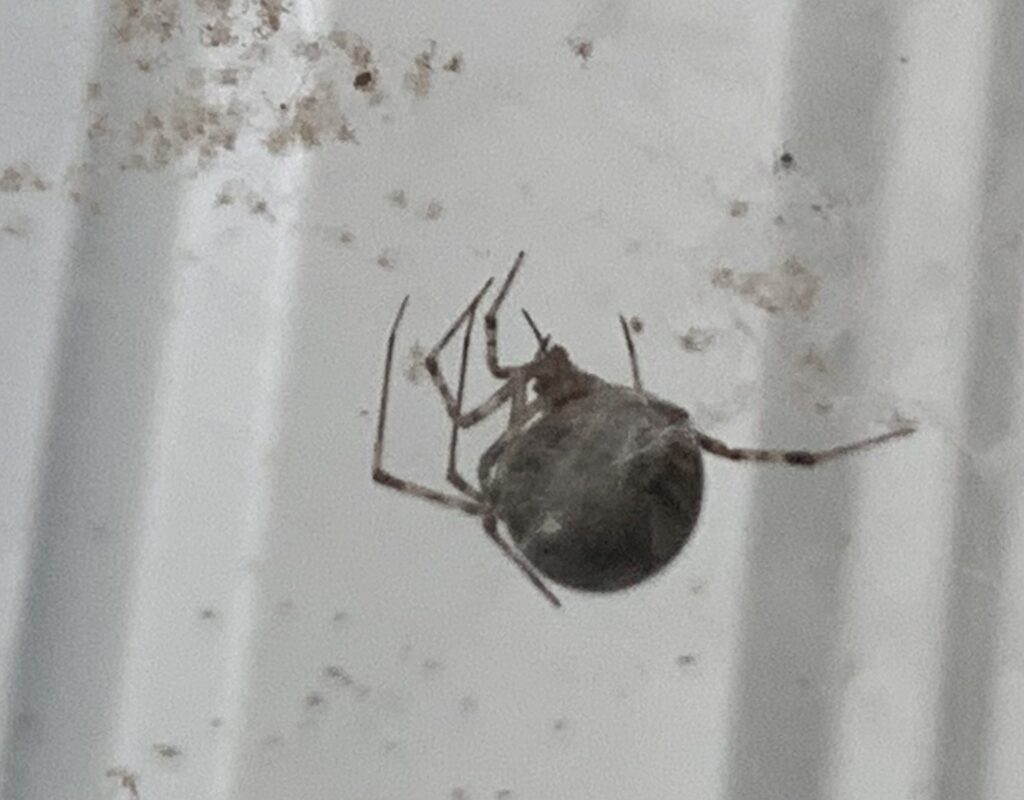
Cobweb spider (family Theridiidae) 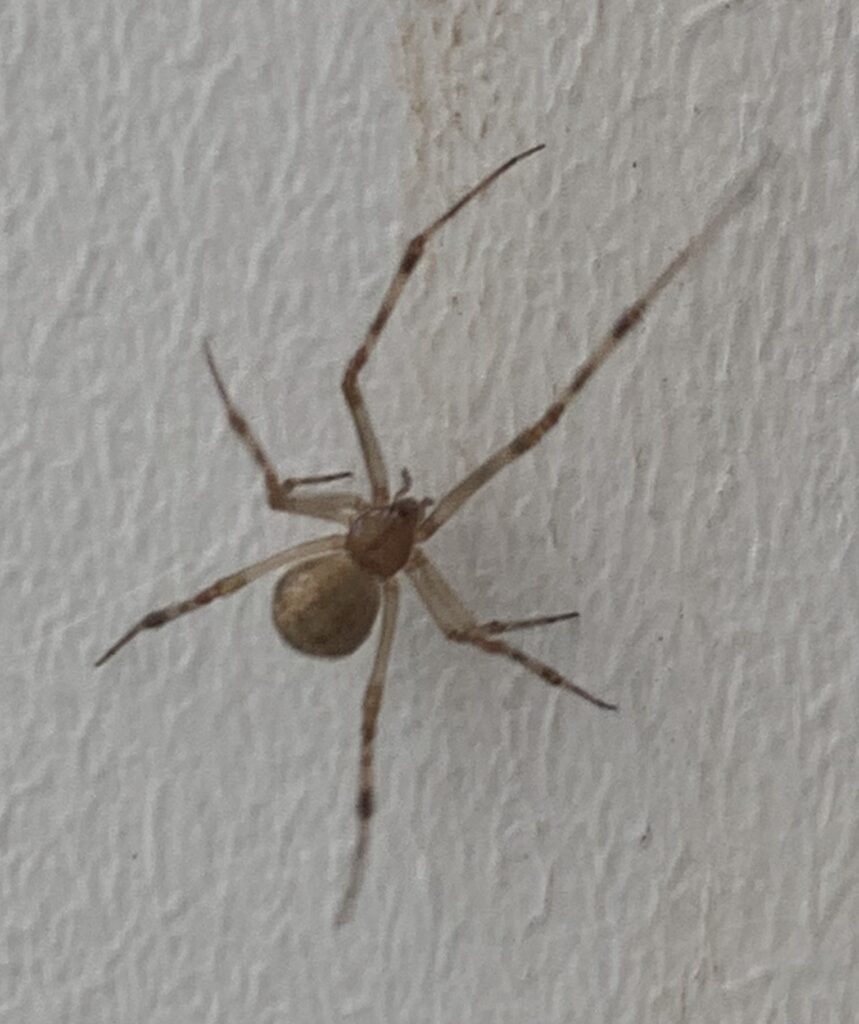
Cobweb spider (family Theridiidae) 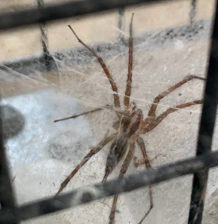
American grass spider (Angelenopsis species) 
Tan jumping spider (Platycryptus undatus)
Resource for spider identification in Illinois:
https://fieldguides.fieldmuseum.org/sites/default/files/rapid-color-guides-pdfs/390_1.pdf

